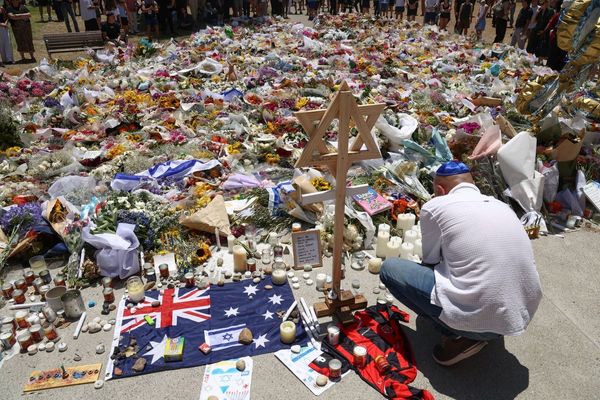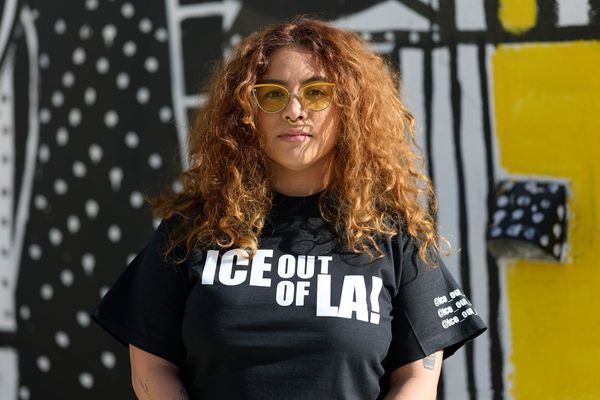
Nice, France – On a remote raised coral atoll in the South Pacific, the tiny island nation of Niue is quietly protecting one of the world’s most ambitious marine reserves. While global leaders at the UN oceans gathering in Nice debate how to scale up efforts to safeguard the seas, Niue – population around 1,700 – has already put 40 percent of its waters under full protection and is crowdfunding to help keep them pristine.
Under a marine spatial plan adopted in 2022, Niue’s entire economic zone is divided into five areas – balancing strict conservation with sustainable fishing and tourism.
“We are the astronauts of the Pacific,” says Coral Pasisi, president of the local nonprofit Tofia Niue and one of the architects of the move to sell 20-year conservation pledges for individual square kilometres of ocean.
“Our culture is shaped by the ocean around us.”
Pasisi is in Nice this week in her capacity as a scientist and regional leader. She is also director of climate change and sustainability at the Pacific Community (SPC), where she works with island governments on long-term strategies to manage the impacts of climate change and protect ocean resources.
The big blue blindspot: why the ocean floor is still an unmapped mystery
Identity and survival
Niueans depend on the sea not just for food – which supplies more than 70 percent of their protein – but for stories, identity and survival.
“We are surrounded by the ocean. We live off the ocean,” Pasisi told RFI.
When a scientific expedition with National Geographic’s Pristine Seas team filmed the abundance of life beneath their waters in 2016, it brought many residents face to face with their marine heritage for the first time.
The result was a groundswell of support to protect the island’s 127,000 square kilometre exclusive economic zone.

Longevity blueprint
Niue’s conservation model is designed not just to protect the ocean, but to fund its guardianship for a generation.
It centres on Ocean Conservation Commitments, which are 20‑year sponsorships that help cover the costs of monitoring, enforcement and local stewardship.
Within its waters lies the Moana Mahu Marine Protected Area – a zone covering 40 percent of Niue’s waters, where all fishing and extractive activity is banned.
Ocean’s survival hinges on finding the billions needed to save it
At its heart is Beveridge Reef, a submerged coral atoll teeming with life: schools of grey reef sharks, singing humpback whales and the katuali – a rare venomous sea snake found nowhere else on Earth.
“On every dive at Beveridge Reef, we saw sharks – up to 80 grey reef sharks at a time,” said Alan Friedlander, chief scientist at Pristine Seas.
According to the organisation, the reef has “some of the highest densities of this species found anywhere in the world”.

Generational wisdom
The conservation sponsorships treat the Moana Mahu sanctuary as a shared global asset, absorbing carbon dioxide and preserving biodiversity.
“What we basically did was democratise that area into square kilometres ... to help make sure that this is not a paper park – that we can actually protect it robustly,” Pasisi says.
Behind Niue’s ocean strategy is a deeper legacy – one rooted in lived experience and generational wisdom.
“When I take my children out to fish and spearfish, when I teach them what to shoot and what not to shoot, what to take and what not to take, it's not my Western system of education and learning that taught me that,” Pasisi explains.
“It is the knowledge that was passed down to me from my father, my mother and their parents. And that's 4,000 years of knowledge.
“The ocean made us who we are. Now we're making sure it's there for those who come after us.”







